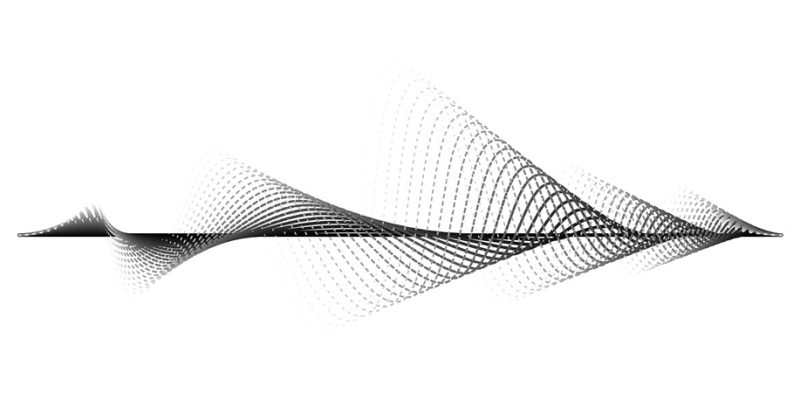
Background noise or ambient noise is the surrounding sound (or sounds) other than the primary sound observed (the latter may include no sound at all i.e. silence, or only the “sound” of one’s thinking process).
In fact, one could consider ambient noise a kind of “noise pollution” that interferes with the primary sound. Ambient noise can be experienced as distracting, annoying, and stressful, but likewise calming and relaxing, which all depends on the type of sound, and the particular situation, activity or location of the listener.

Examples of ambient noises include noises (or sounds) arising from one’s environment, such as a waterfall, the rain, children playing, traffic noise, loud speech, or electrical noises from ventilators, refrigerators, air conditioning, and other machines or motors.
Ambient noise may also be introduced on purpose, such being the case with background music played at home, in a restaurant, clothing shop, or in a movie, which is typically used to create a certain ambience or atmosphere for the listener.
Mind that ambient noise shouldn’t be confused with so-called white noise, which is sound that can override or masks unexpected, annoying or distracting background noises. Actually, when ambient noise is experienced as disturbing, white noise may be used to mask it, apart from other means to do so, like using earplugs or ear muffs.
Nevertheless, some types of ambient noises can indeed become white noise. For instance, the background noise of continuously passing traffic on the highway behind one’s home may become a calming sort of ambient noise that blocks other kind of disturbing noises such as the constant chatter of the neighbors.

















